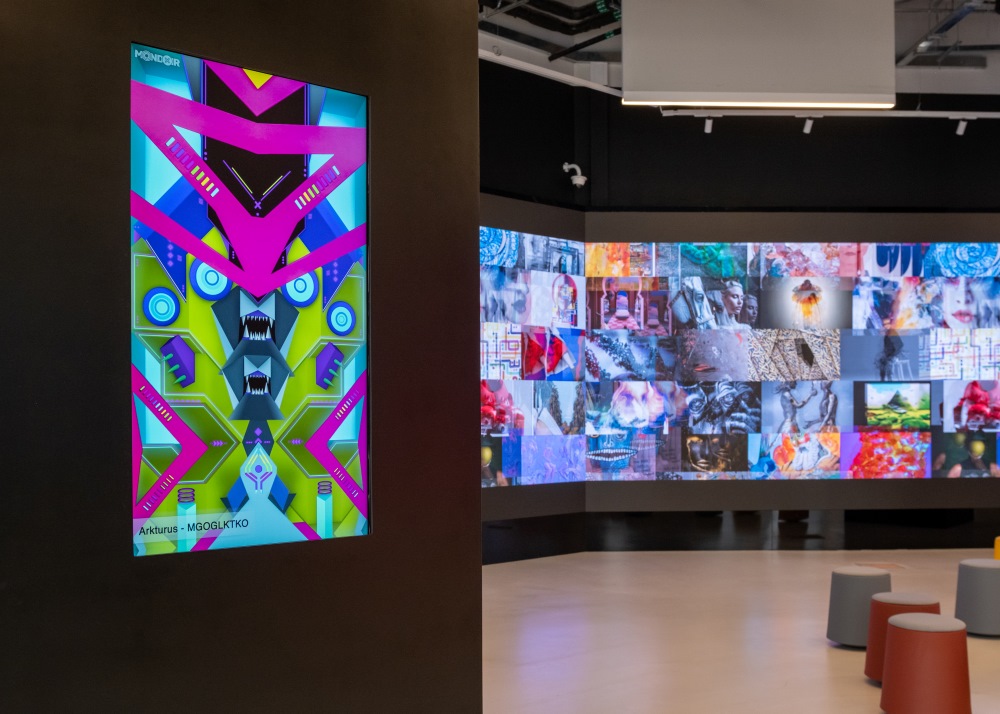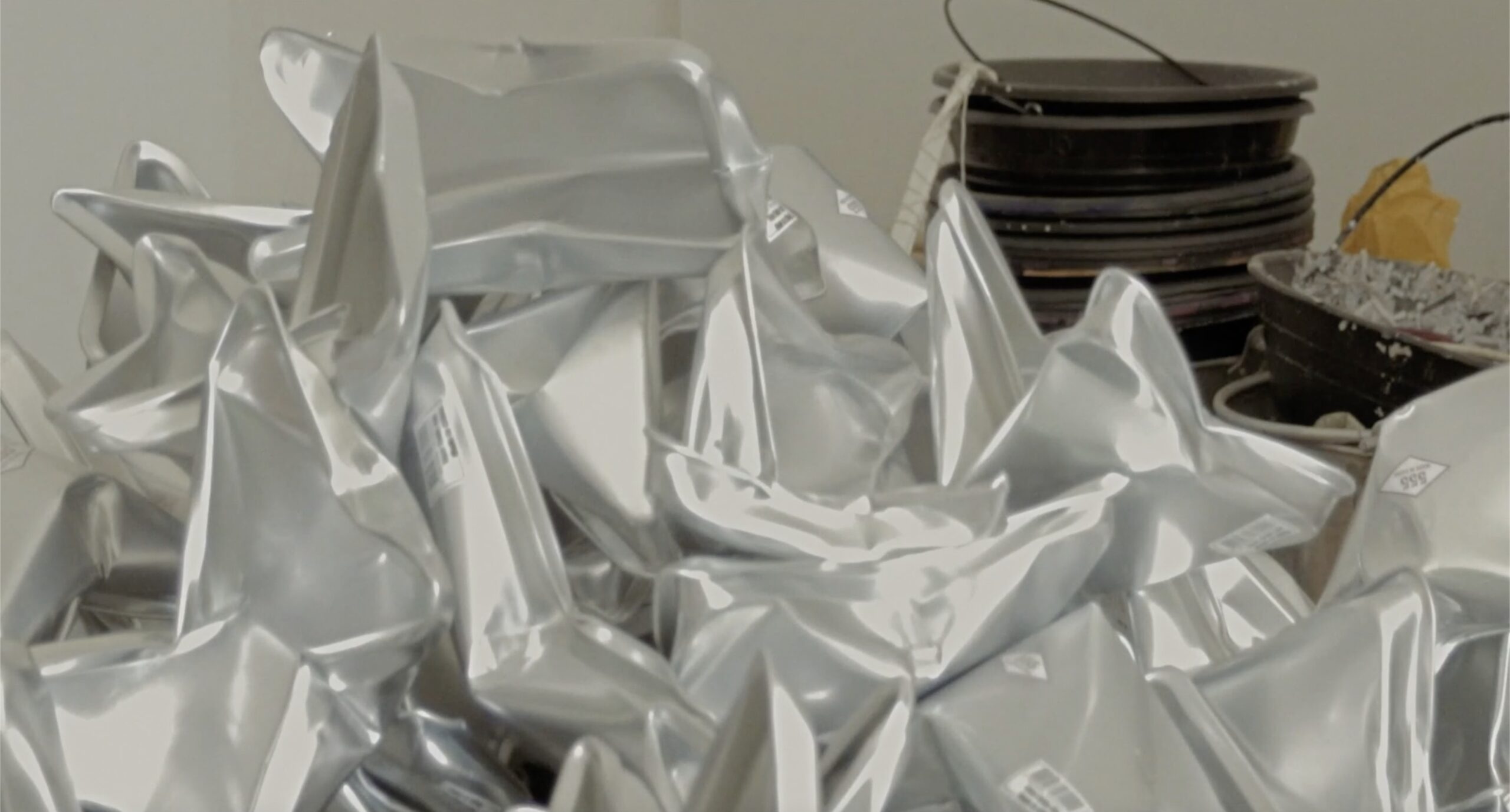In recent years, virtual reality has emerged as a game-changing technology in the art world. The concept of a Metaverse Museum, where visitors can explore a virtual space and interact with artworks in new ways, is becoming increasingly popular among art institutions and enthusiasts alike. This innovative approach to art exhibition has the potential to revolutionize the way we engage with art and democratize access to cultural experiences.
One of the main advantages of a Metaverse Museum is its ability to transcend the limitations of physical space. In the physical world, museums are limited by factors such as location, size, and availability of exhibition spaces. In contrast, a virtual museum can be accessed from anywhere in the world, and can feature an infinite number of exhibitions and artworks. This allows for greater accessibility and inclusivity, as anyone with an internet connection can visit and enjoy the museum.
Virtual reality also allows for new ways of experiencing and interacting with art. Visitors to a Metaverse Museum can view artworks in 3D, walk around them, and even interact with them in ways that are not possible in the physical world. For example, a sculpture can be explored from all angles, and visitors can even change the lighting to create different moods. This immersive experience can enhance the appreciation and understanding of art, and make it more engaging and memorable.
Several art institutions have already embraced the concept of a Metaverse Museum, and are using virtual reality to showcase their collections. For example, the Louvre Abu Dhabi has created a virtual reality experience that allows visitors to explore the museum’s galleries from home. The virtual tour includes over 600 artworks, including masterpieces such as Leonardo da Vinci’s Mona Lisa and Vincent van Gogh’s Self-Portrait.
The British Museum has also experimented with virtual reality, creating a VR tour of its Egyptian sculpture collection. Visitors to the virtual museum can explore the sculptures in 3D, and learn more about their history and significance. The tour also includes audio commentary from experts, providing additional context and insight.
The National Museum of Natural History in Washington D.C. has taken the concept of a Metaverse Museum even further, creating a virtual reality experience that allows visitors to interact with dinosaurs and other prehistoric creatures. The VR exhibit, called “Deep Time,” takes visitors on a journey through the Earth’s history, from the formation of the planet to the present day.
In conclusion, the rise of virtual reality technology has opened up new possibilities for the art world, and the concept of a Metaverse Museum is an exciting development. By transcending physical space and providing immersive experiences, virtual museums have the potential to make art more accessible, engaging, and inclusive. As more art institutions experiment with virtual reality, we can expect to see a growing number of innovative exhibitions and experiences that challenge our perceptions of what a museum can be.



